Picture this: it’s late and you just finished prepping dinner, but you’re too tired to wait for everything to finish before heading to bed. The crockpot’s on, and that roast smells too good to waste. The timer dings, you trudge to the kitchen, squinting at the pot. Should you just click it onto “warm” and let it do its thing while you sleep? Or could you wake up to a ruined dinner—and a serious risk to your health? This question gets tossed around all the time, and honestly, there’s some dodgy advice online. Let’s break it down so you know exactly what you’re getting into when you leave meat in the crockpot on warm overnight.
How Crockpots Actually Work
Crockpots, or slow cookers, have made modern life easier for loads of people who love a home-cooked meal but don’t have hours to hover over a stove. At their core, they’re simple devices—ceramic or metal pots heated by coils, with three main settings: low, high, and warm. On low and high, a crockpot keeps the food hot enough to kill off most bacteria, usually between 77-93°C (170-200°F). The magic of “set it and forget it” cooking was actually invented back in the 1970s, when Rival introduced the Crock-Pot. It quickly became the chef’s helper for stews, chili, and, let’s be honest, the occasional frozen chicken breast someone forgot to thaw.
But that “warm” setting is where things get interesting. Already cooked your meal and want to keep it from going stone cold before dinner? Warm usually keeps food at about 60°C (140°F)—just warm enough to serve, not hot enough to recook. It sounds safe, but that’s right on the edge of what food safety experts call the “danger zone.” In case you’re not familiar, the danger zone is anywhere between 4°C and 60°C (40°F and 140°F). Within this temp range, bacteria like Salmonella and E. coli can multiply like crazy. So, while the crockpot makers designed “warm” to stop your food from freezing your teeth, it wasn’t meant to actually cook raw foods or keep things hot indefinitely.
Different crockpot brands sometimes vary a bit in their warm temp. A few newer models run a tad hotter, claiming to stay over 70°C (158°F), which is blissfully out of the warmest part of the danger zone. But don’t count on this—some older or cheaper models hit barely 52°C (125°F) on warm. If you’re ever curious, a cheap food thermometer can clear up any doubts in about ten seconds. The safe bet? Don’t trust the “warm” setting to do more than just keep things gently ready until dinner’s on the table.
Food Safety Risks of Leaving Meat in the Crockpot Overnight
This is the million-pound question everyone wants answered. Is it actually dangerous, or just one of those warnings people ignore? Turns out, there’s real risk here. Modern food safety guidelines are pretty clear: hot foods need to be kept well above 60°C (140°F) to prevent the growth of those nasty little microbes.
If you take cooked meat and leave it on warm overnight—say, 8 hours—it spends all that time hovering right near the top edge of the danger zone. As mentioned earlier, most bacteria won’t die off unless things stay hotter, and some (like Clostridium perfringens) are especially notorious for causing food poisoning after long, warm soaks. Even worse, some bacteria don’t just show up out of thin air—they’ve been lurking in the meat since raw, and now get a second chance to multiply if temps slip just a little lower than they should.
Ever woken up to a slow cooker, lifted the lid, and got hit with a weird sour smell? Sometimes, that’s a sign things have started turning. And you can’t always trust your nose or tastebuds to tell you when food’s bad. Some bacteria don’t give themselves away until they’ve done their worst.
Now, let’s talk about meat specifically. Dense cuts—like brisket or pork shoulder—retain heat and carry over cooking for hours, which might make the warm setting seem safer. But stew meat or chicken pieces? They’ll cool down much faster and are riskier if left on warm for too long. This risk goes up if your crockpot is less than half full or you’ve lifted the lid a few times to “just check.” Each time you do, the temperature can dip for a surprising amount of time. Remember, not all crockpots are created equal, and most people aren’t checking theirs with a thermometer before heading to bed. The safest advice per the USDA: don’t leave perishable food between 4°C and 60°C for more than two hours.
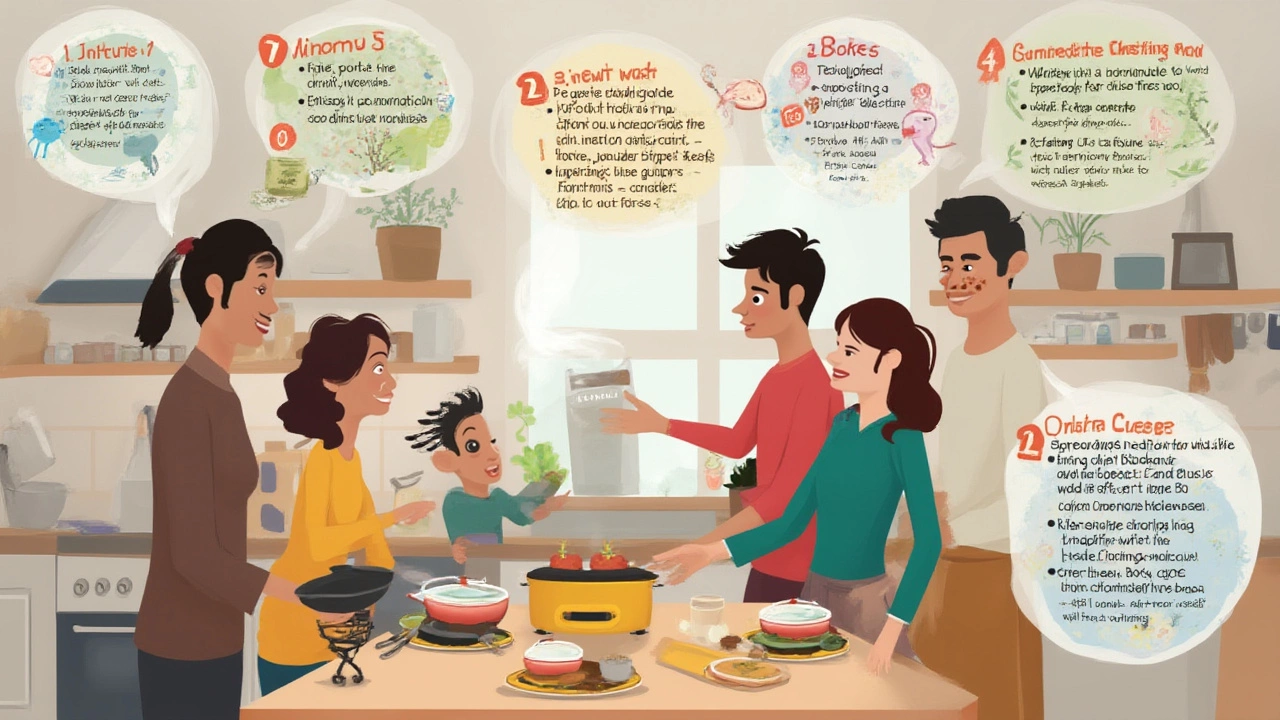
Real-World Experiences and Expert Opinions
Cooks everywhere swap war stories about slow cooker meals left on overnight. Some brag about waking up to fork-tender beef brisket, perfectly moist and ready for sandwiches. Others? They’ve experienced full-blown disasters—ruined roasts, stomach bugs, and the panic of wondering whether the leftovers are worth risking the next day. Food safety experts are, predictably, the cautious types. The Centre for Food Safety in the UK doesn’t mince words: "Never leave cooked food at room temperature, or in a slow cooker at a low holding temperature, for more than two hours." The Food Standards Agency pegs the upper safe holding limit for hot food at roughly 63°C (145°F)—any lower and bacteria could spoil the party.
Some chefs and home-cooks swear by the overnight method for big parties: finish the meal, pop it on warm, and get a few hours’ extra sleep. But even popular cookbooks tend to hedge, warning you not to do it unless your device can guarantee temps above 65°C (149°F). A bit of detective work shows that even crockpot manuals themselves usually recommend moving leftovers to the fridge within two hours, or just switching the cooker off completely and reheating before serving. Is there a bit of old-school flexibility? Sure, but anyone who’s ever had food poisoning will tell you those short-cuts aren’t worth the gamble.
What about those slow-cookers with automatic timers that go from low or high to warm once the meal is ready? Handier, right? Technically, yes—if the pot stays hot, and you eat within a couple hours. But as a long-term holding vessel, it’s not foolproof. You’d be surprised how quick that temp can fall, especially if the room is cold, the pot is less full, or you sneak more than one peek.
Better Ways to Handle Meals Overnight
Instead of hoping your crockpot will save the day, there are smarter, safer ways to keep your food tasty and safe overnight. The number one tip is simple: after the meat is cooked, get it out of the “warm” zone as soon as you can. That means popping it into shallow containers and getting it into the fridge. The smaller the amount of food and the wider the container, the quicker it cools—in less than two hours, you’ll stay in the safe zone. If you have a massive roast, consider slicing it up before chilling; thick hunks can trap heat and bacteria if left out too long.
Now, for those who swear by prepped, ready-to-eat hot meals in the morning, invest in a programmable crockpot. Set it to cook your meal through the night, but have it switch off or to a truly safe holding temperature (above 60°C) just before breakfast. That way, you’re not hovering in the danger zone for hours. Another trick is to cook the meat the night before, fully cool it, and just reheat gently on warm in the morning—it may take a bit longer, but you won’t be risking any nasty surprises.
Some people use the “keep warm” feature for up to two hours with no trouble, especially if the crockpot is packed full, the lid stays on, and you’re not opening it. But leave it much longer? That’s dicing with disaster. If you really need to leave something hot overnight, commercial foodie types sometimes use warming drawers or pro-grade slow cookers with precise temperature control—but these aren’t your average home gadgets. In the real world, swapping the idea of “set it and forget it” with “set it, cool it, reheat it” is usually a better play.
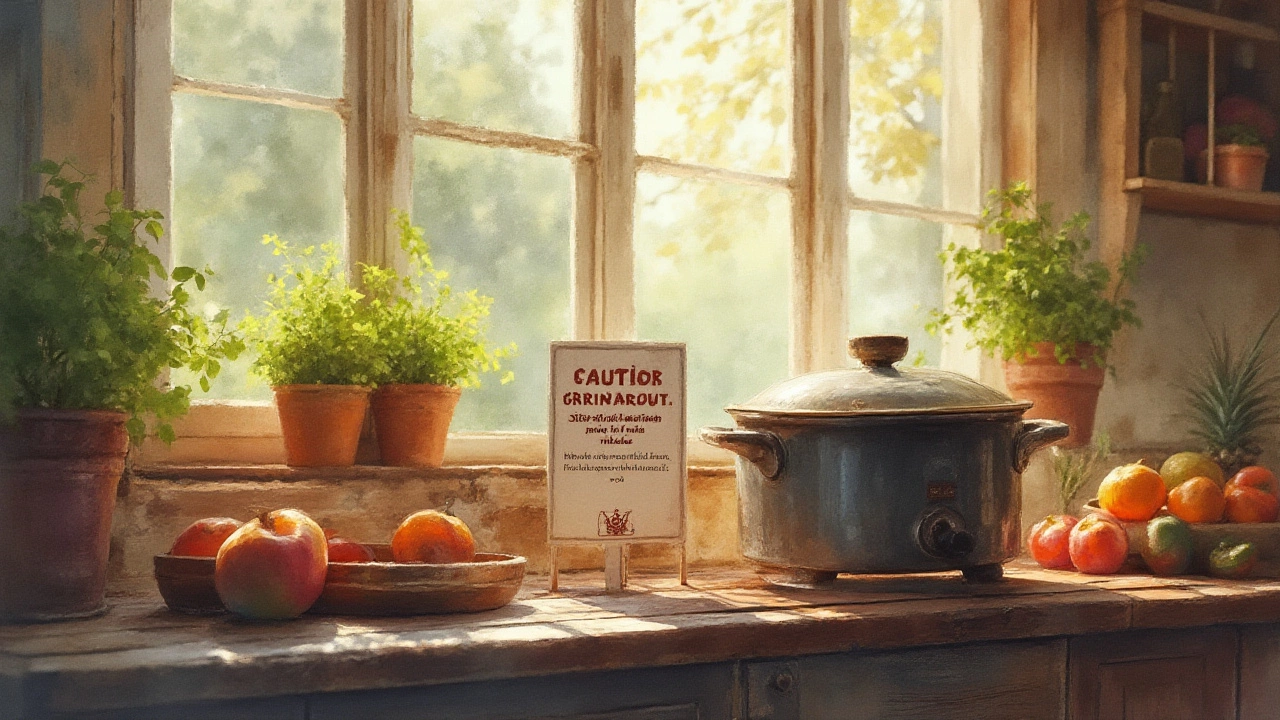
What to Do If You Forgot and Left Meat On Warm Overnight
Mistakes happen. You wake up and realize—oh no, that stew’s been on warm all night. Now what? First, don’t just stick your nose in there and declare it safe if it smells okay. Smell isn’t a perfect sign of safety. If your crockpot kept the food above 60°C the whole time, you might be fine. To know for sure, grab a food thermometer, stir the meat, and check the center temp: does it read above 60°C (140°F)? Then you’ve likely dodged a bullet (and you can serve up seconds).
But if it’s cooler—especially below 50°C (122°F), or it’s been sitting for more than two hours in that lower range—it’s safest to pitch it. That advice stings if you’re throwing out good food, but stomach bugs and foodborne illness aren’t worth the gamble. If this happens a lot, consider an outlet timer so your slow cooker shuts off automatically—or set a phone alarm before you stagger off to bed.
When in doubt, remember this golden rule from actual food scientists: "when in doubt, throw it out." Stomach cramps, fevers, and a day off work are all worse than a bit of soggy meat going in the bin. If you find yourself pressing your luck, especially if you’re feeding kids, elderly relatives, or anyone with a dodgy immune system, it’s just not worth the risk. The slow cooker is amazing for set-and-forget, but don’t trust it to guard your food all night unless you're absolutely sure of the temps involved.
To wrap up, do yourself a favor—respect the danger zone, treat your crockpot as the brilliant tool it is, and keep an eye on that temperature if you’re tempted to let meat sit on warm for long stretches. Play it safe, and that delicious roast will be a happy memory—no ambulance required.
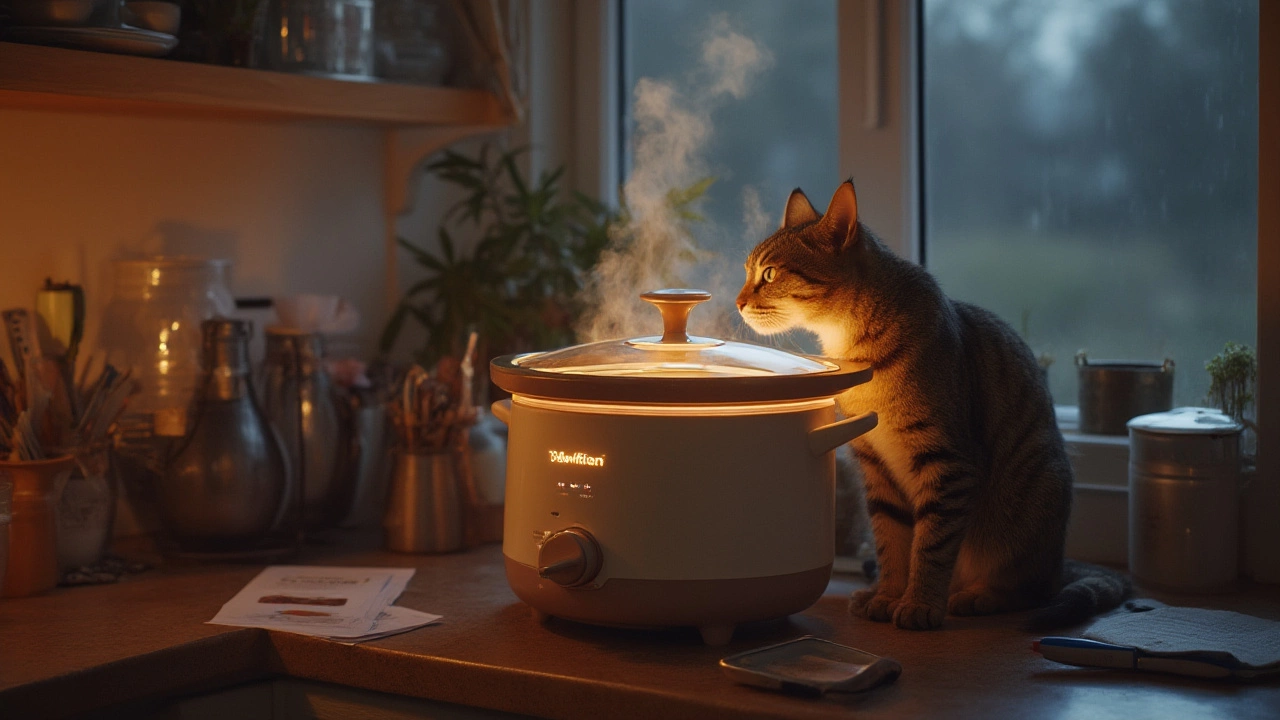

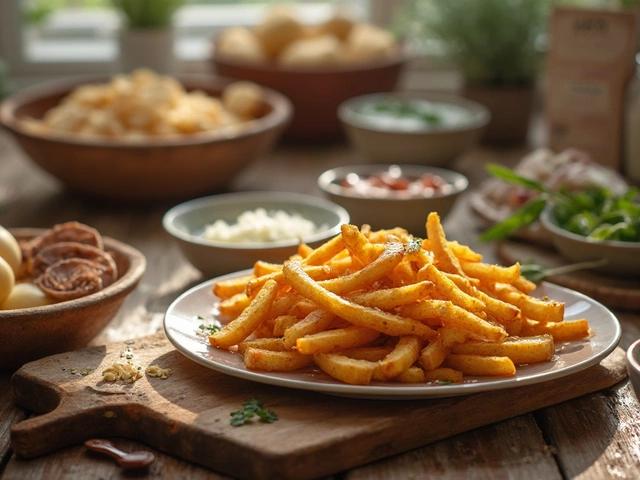
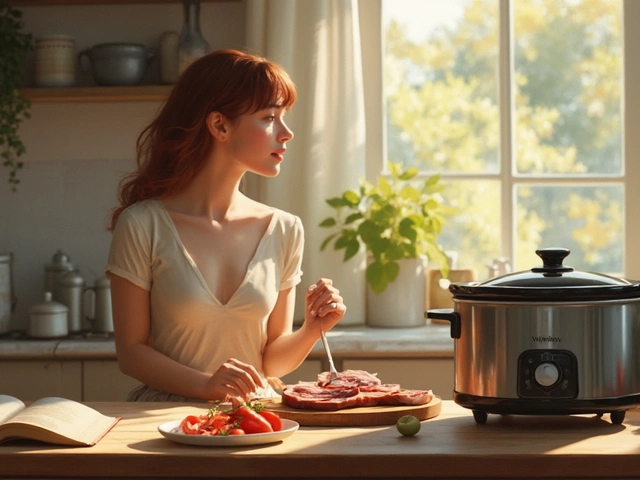
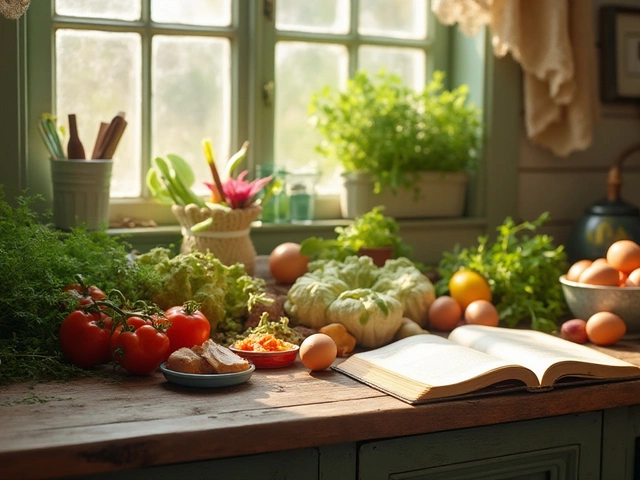
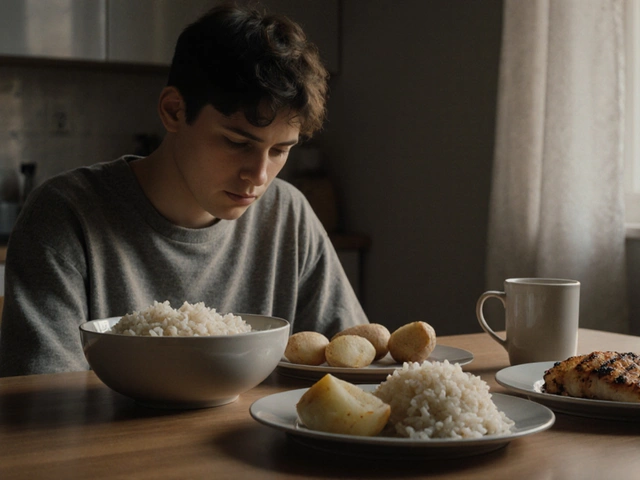

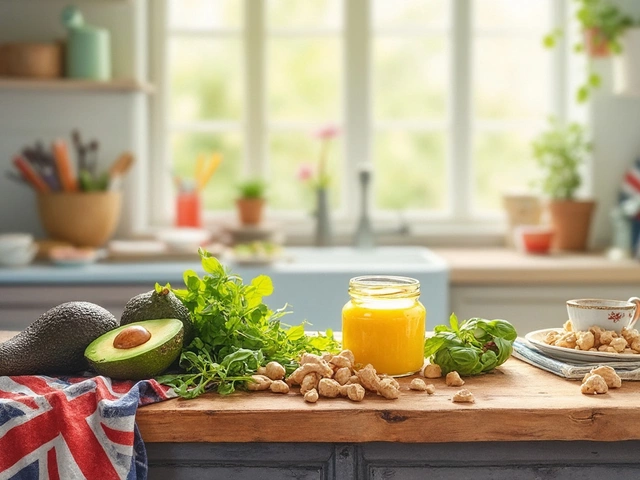

Write a comment